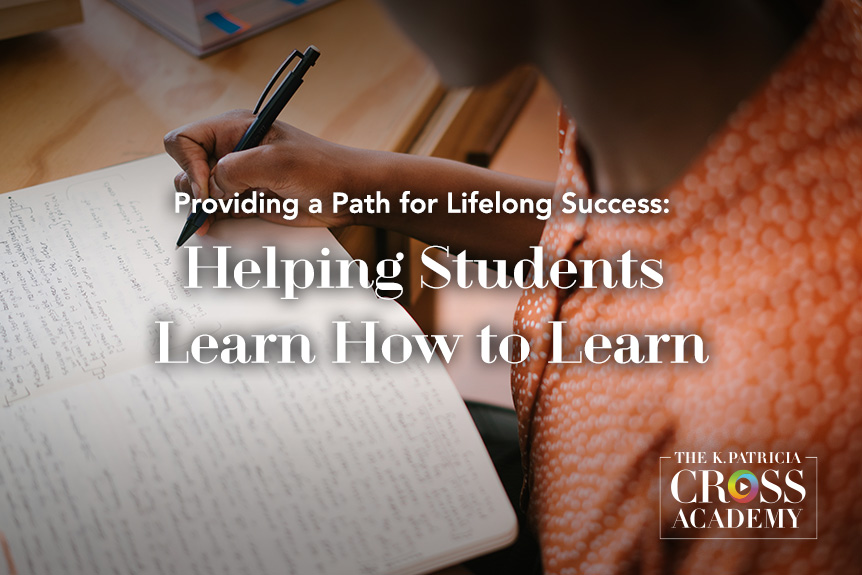
“Design is the intermediary between information and understanding.” ~Hans Hoffman
When we design a course, we typically do so before actually meeting the students who will enroll in it. We have to determine how to best teach the particular content and skills to the students we will meet. Even if we design the best content and pedagogies possible, if we haven’t kept the students at the forefront of our decisions, we will not likely be successful at helping them learn as much as possible. Stephen Brookfield (2006) puts it this way:
We may exhibit an admirable command of content, and possess a dazzling variety of pedagogical skills, but without knowing what’s going on in our students’ heads, that knowledge may be presented and that skill exercised in a vacuum of misunderstanding.
So how do we keep students front and center during the course design process?
First, we can imagine the students we might have based on students we’ve had in previous semesters. When designing a course, consider the following questions: What are they likely to already know? What do they need to know? How will they best learn what they need to know?
Second, we can assess student prior knowledge early in the semester and make adjustments as needed. Carnegie Mellon University’s Eberly Center has suggestions for how to approach this task:
https://www.cmu.edu/teaching/assessment/priorknowledge/index.html
In addition, we recommend checking out our videos on learning assessment. In particular, you may find the Background Knowledge Probe useful:
https://kpcrossacademy.org/techniques/background-knowledge-probe/
We hope that you find the resources we share in this blog helpful. As always, if you know of an interesting resource that we should feature, please drop us a line at info@kpcrossacademy.org; we will of course credit you for the information you share.
Suggested Citation
Barkley, E. F., & Major, C. H. (n.d.). Designing with students in mind. CrossCurrents. https://kpcrossacademy.org/course-design/

Engaged Teaching
A Handbook for College Faculty
Available now, Engaged Teaching: A Handbook for College Faculty provides college faculty with a dynamic model of what it means to be an engaged teacher and offers practical strategies and techniques for putting the model into practice.





